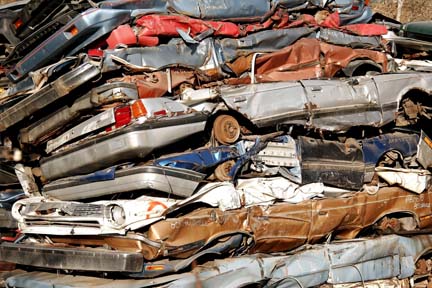From AAIA Capital Report
Yesterday officially marked the last day of the federal $3 billion
"Cash for Clunkers" program (extended until Wednesday), though many dealerships pulled the plug on
the program several days ago. Some dealerships, many currently owed in
excess of $1 million, voluntarily ended the program over concerns about
being repaid in a timely fashion, or possibly at all if the remainder
of the program’s $2 billion extension ran out before Monday evening.
Others, in the wake of immense sales volumes and reports of a large
percentage of applications being rejected by the government, simply
took the day to fulfill all their filing requirements before the 8 p.m.
EST deadline that was announced last week.
Hailed as a success by the administration, the months and years to come
will provide more insight into the program’s legacy, as roughly 700,000
cars and trucks are expected to be traded in under the program. Due to
what many have indicated might be little more than a time-shifting of
new car sales, numbers for the coming months will likely be drastically
lower than those seen under the program. Many repair shops have already
noted that customers have opted to trade in cars that would have
otherwise been brought in for service or repair.
For more information on the program, visit www.cars.gov. For information on AAIA’s efforts to combat the program, visit www.fightcashforclunkers.org.










